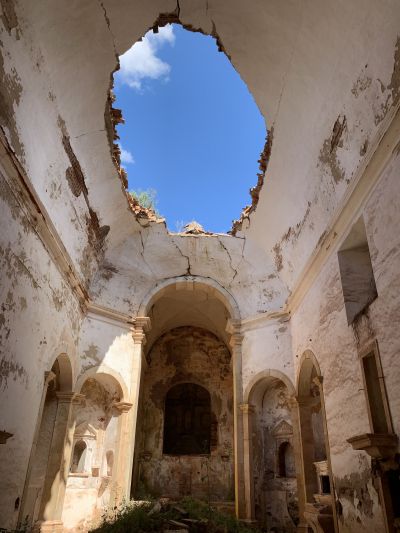
Convento de Monfurado
If you've been to Portugal before, you must have noticed: the different variations of colors, styles and materials that make Portuguese architecture truly atypical and unique.
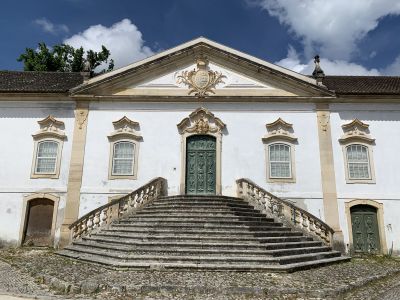
Palacio de Maiorca
Roman, Muslim, Romanesque and Gothic influences marked the country as did movements in Europe during the Renaissance, Baroque and Rococo periods. But the most typical architectural styles of Portugal are the Manueline or Pombalian styles and later estado novo. Today, there are archaeological collections, medieval towns and cities, castles, palaces, monasteries, aqueducts, mansions and even businesses which are unfortunately abandoned.
Heritage protection and enhancement
Today DE BRITO Properties wants to offer a new vision of Portugal to its clients. The agency wishes are to develop research, diffusion and above all the preservation of Portuguese architectural heritage. This is why we decided to launch an awareness campaign on heritage preservation.
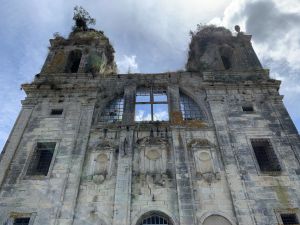
Mosteiro de Santa Maria de Seiça
Indeed, the country has a very rich architecture, with a history which concerns the whole world. Between wars, invasions, conquests, colonizations, dictatorships and revolutions, the country has left behind him a great history but also great monuments, more than fifteen being placed in the heritage of UNESCO, whereas the others are known touristic sites and maintained. However, others are still totally abandoned and unknown in some areas.
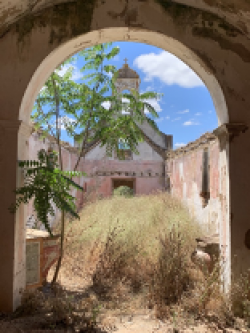
Igreja aldea de Safira
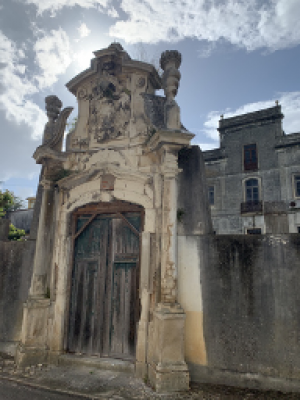
Montemor-o-velho / manor
The agency participates in heritage protection through its agents located all over the country. They set out to conquer these famous lost or abandoned properties in order to identify, evaluate and promote them to our international clients. DE BRITO Properties is now developing a communication campaign on networks with the general public to raise awareness.
WORK WITH A PROPERTY FINDER
You didn’t find the property you are looking for on our website?
Leave us your criteria and we will make a selection in the market for you.
My Property Profile
-
DE BRITO PROPERTIES
Rua Domingos Sequeira, Nº62, 1350-119 Lisbonne, Portugal
Portugal (+351) 214 083 101
This email address is being protected from spambots. You need JavaScript enabled to view it. -
Subscribe to our Newsletter
© 2022 DE BRITO Properties - All rights reserved.
Brand of Greenfeatures Lda License AMI No. 10352
Apartments with sea view in Portugal – Contemporary villas in Portugal - Charming apartments in Lisbon - Charming apartment in Cascais - Charming apartments in Estoril - Charming apartments in Oporto - Charming houses in Lisbon - Charming houses in Cascais – Charming houses in Estoril – Properties and land in Alentejo – Properties and land in Douro - Properties in the Algarve – New Development projects in Lisbon - New Development projects in Porto - Farms and Properties in Portugal - Rural houses - Charming buildings - Wine properties in Portugal - Agricultural land in Portugal - Resorts in Portugal
Developed by Navega Bem | Powered by Proppy - Real Estate CRM


